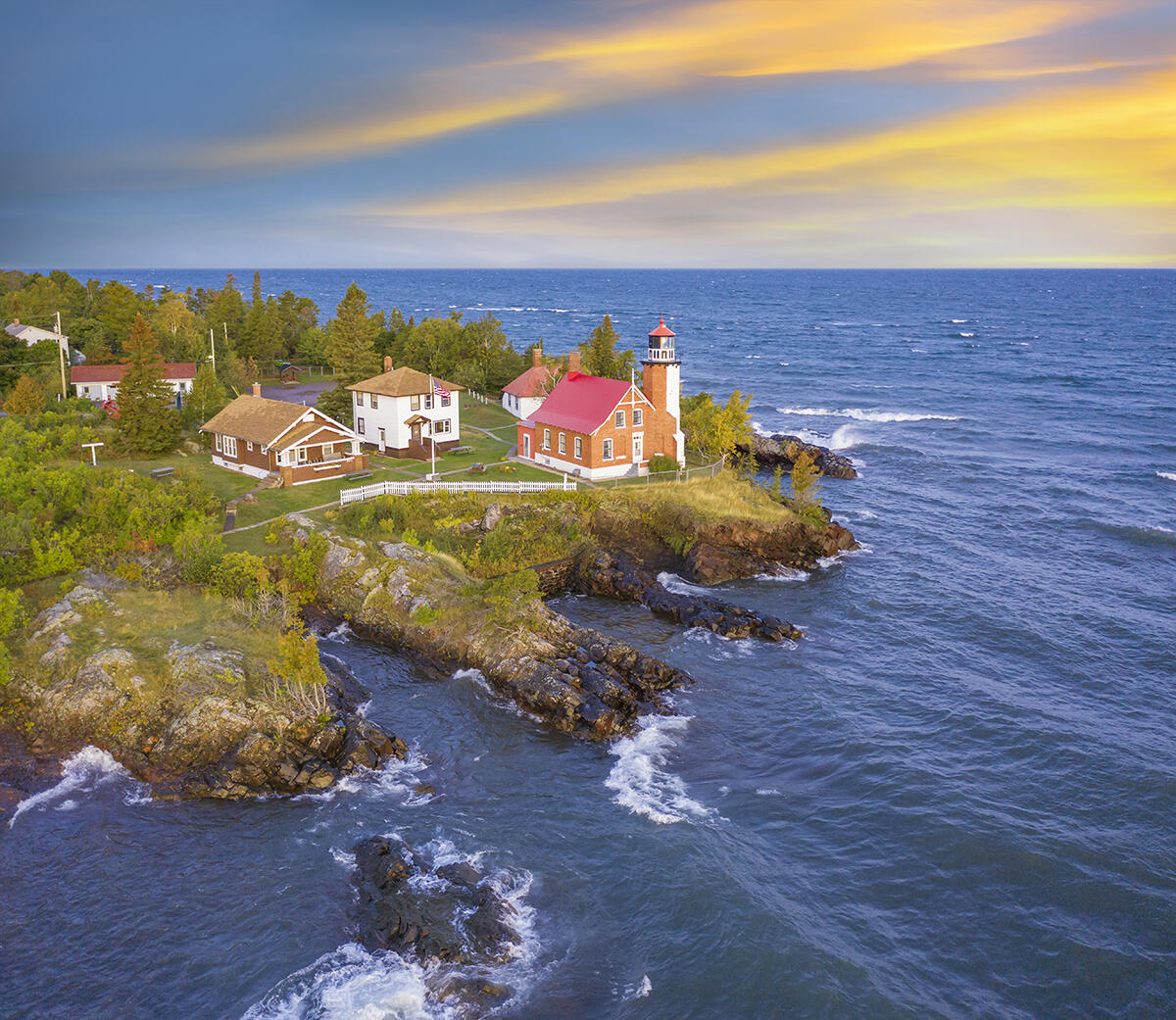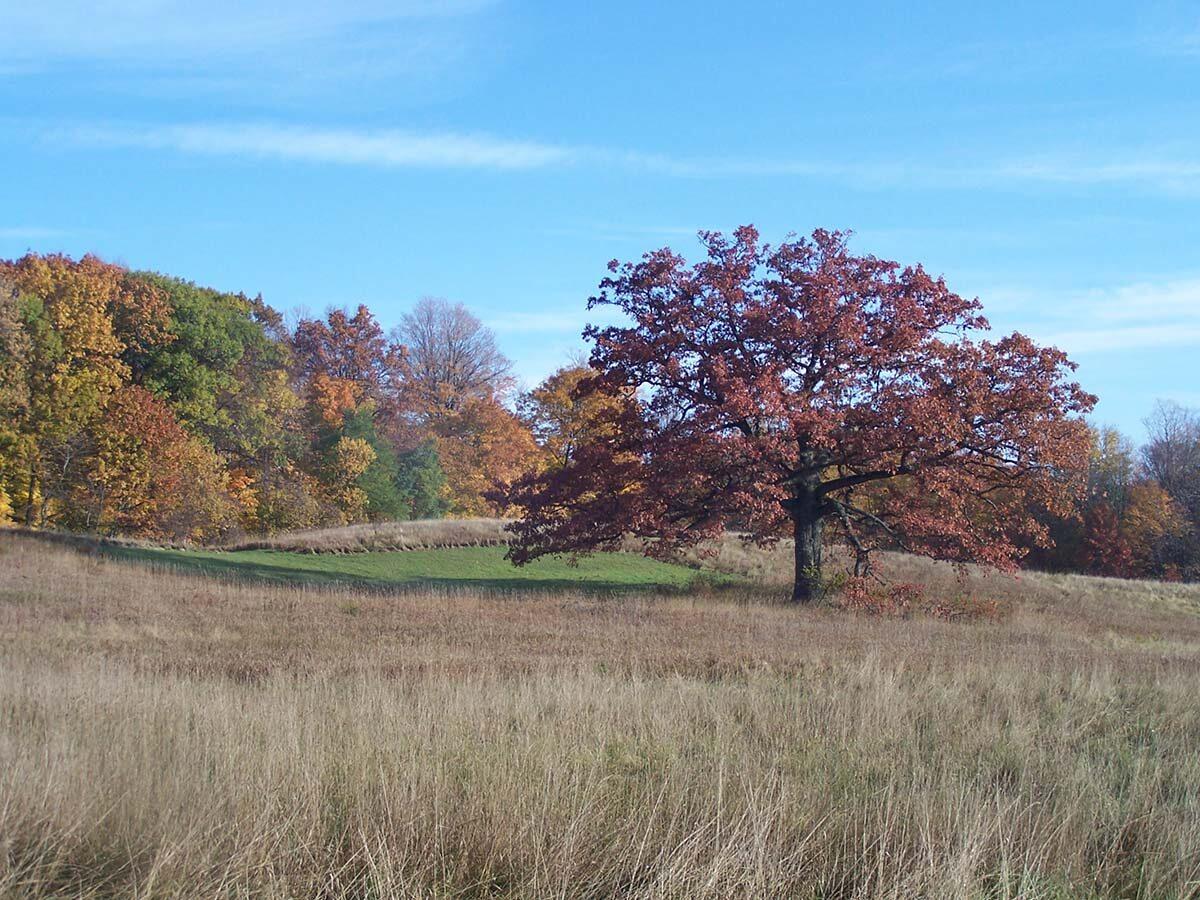Adolph and Ginger Meyer appreciated the abundance and quality of Michigan’s natural resources. Michigan is at the heart of the Great Lakes region and enjoys wide open spaces and many protected natural areas, the nation’s longest freshwater coastline, hundreds of public beaches, some of the highest freshwater sand dunes in the world, and a tremendous freshwater fishery.
The Meyers were concerned that the useful and natural assets that Michigan is noted for were “gradually and greatly being destroyed and noticeably disappearing from the natural environment.” Climate change, legacy industrial activity, and urbanization create unprecedented conditions. The impact of these changes often is experienced disproportionately by Michigan’s historically marginalized residents, rural communities, and small towns and villages.
Safeguarding Michigan's Natural Resources and the Great Lakes
Our Current Focus
Geographic Focus: Nonprofit organizations doing work that impacts Michigan are eligible to apply.
Our current priority in the Natural Resources program area is to support community-driven efforts to protect and improve water quality in the Great Lakes. We prioritize projects that benefit communities likely to experience disproportionate harm; strengthen local and regional capacity, particularly where few other funders or institutions are active; and/or have the potential to catalyze larger projects or serve as replicable models. We look to support organizations that demonstrate authentic community engagement, clear partnerships, and a deep understanding of how local watershed work impacts the Great Lakes.

Example Projects
Preventing or reducing pollution from stormwater runoff, wastewater, agricultural discharges, and other nonpoint sources
Restoring or protecting wetlands, shorelines, or riparian buffers critical to the health of the Great Lakes and their tributaries
Building local capacity for long-term stewardship, especially by engaging underserved, rural, or under-resourced communities.
Equipping communities with water- or watershed-related data, tools, or other support needed to influence policy, attract additional investment, or implement science-based restoration solutions.


